How to treat an allergic reactions to eyelash extension glue
As lash supplier, we deeply prioritize our clients' satisfaction and well-being. Our goal extends beyond enhancing their appearance; safeguarding their health, particularly concerning allergies, is crucial to us. While allergic reactions to eyelash extension adhesive are infrequent, they can occur. In such unfortunate instances, it's our responsibility to identify specific indicators and understand how to assist our clients. This might involve providing mild treatment and guidance, or in severe cases, removing the extensions and recommending a visit to the doctor. Some occurrences might be difficult, yet it's imperative that we exert every effort to prevent severe reactions, even if the client has previously had subpar eyelash extensions applied by another technician.
What is lash extension irritation?
Lash extension irritation typically stems from improper technique or inaccurate application. It may also arise if the client has existing sensitivities that weren't taken into account during the appointment. Signs of irritation encompass itching, redness, swelling, and eye tenderness. Usually, this discomfort diminishes within the initial hours (first 24 hours) post-lash extension application, provided correct technique was used and no other contributing factors were present.What is an allergy?
An allergy denotes a heightened and more severe response to the adhesive or substances utilized in lash extensions, which may encompass synthetic mink lashes, Carbon-black, and Cyanoacrylate. Indications of an allergic reaction encompass pronounced redness and swelling, itchiness, excessive tearing, outbreaks of hives on other body areas, and breathing difficulties. Should your client manifest any of these signs during their appointment, it's crucial to prompt them to seek urgent medical care. Immediate medical attention is imperative for an allergic reaction, as untreated instances can potentially lead to lasting harm to your client's eyes.What are the main causes that lead to lash extension irritation?
Eyelash extension adhesive allergies stem from several key factors. While determining the precise type of allergy without further investigation is challenging, three primary factors contribute to clients experiencing allergic reactions from eyelash extension glue.- Latex:
- Carbon Black:
- Cyanoacrylate
How to address an allergic reaction to eyelash extension glue?
When it's evident that a client has experienced an allergic reaction to eyelash extensions, it's crucial to remember that, as licensed professionals, we are not doctors. We can assist by providing support, offering advice on managing mild discomfort and reactions. For severe symptoms persisting beyond 24 hours, it's advisable to recommend urgent care and seek medical advice. For milder symptoms, suggest the client use a cold compress and promptly arrange for them to come in for consultation. Anti-inflammatory measures can aid in reducing swelling. Additional methods to consider include employing a cold compress to alleviate discomfort and swelling (eye pads might be preferable if they aim to retain the lashes), utilizing a chamomile tea compress, and seeking medical guidance. Seeking advice from a doctor before removing lashes is imperative due to various reasons. Doctors can assess potential risks associated with lash extension removal, provide guidance for safe and effective procedures, and offer insights into post-treatment care. This advice is especially crucial for individuals with underlying medical conditions, weak immune systems, or sensitive eyes, as they may find it challenging to tolerate the fumes and effects of lash extension removal. Moreover, individuals wearing contact lenses should take extra precautions as these lenses might get affected by chemicals used in these treatments. A doctor's guidance ensures proper post-removal care, potentially recommending medications to reduce discomforts post-procedure. Seeking medical advice beforehand ensures a comfortable outcome without compromising safety or health. Acting promptly, calmly, and keeping the client informed and reassured is essential in these situations.How to avoid the chances of irritation
To minimize the likelihood of irritation or adverse reactions for sensitive clients, several precautions can be taken:- Apply lash extensions exclusively in a well-ventilated area.
- Maintain a hygienic work environment by regularly sanitizing tools and keeping the workspace clean.
- Acquire comprehensive knowledge about the ingredients present in the products used.
- Implement an anti-allergy gel near your workspace to intercept glue fumes and cyanoacrylate before they reach the client's eyes or nostrils.
- Inquire about the client's prior experiences with lash extensions and any existing health concerns they might have.
- Opt for pre-cleansing the eyes with a saline solution rather than a primer.
- Verify the expiry dates of available glues and ensure they're suitable for sensitive eyes.
- Utilize techniques like using a fan to redirect fumes away from the client's eyes and consider employing a nano mister for faster curing.
- Provide a comprehensive explanation of aftercare procedures to the client.
- Conduct a small patch test during consultations, regardless of the client's past extension history.
- Request new clients to sign a release form detailing the potential risks associated with eyelash extensions.
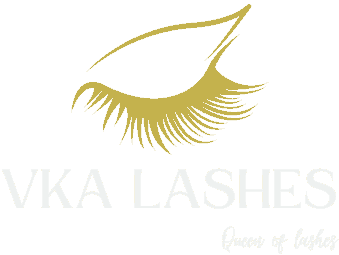

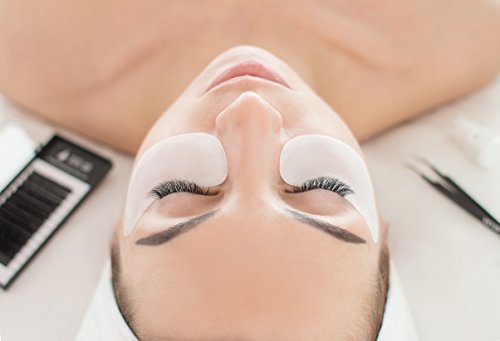
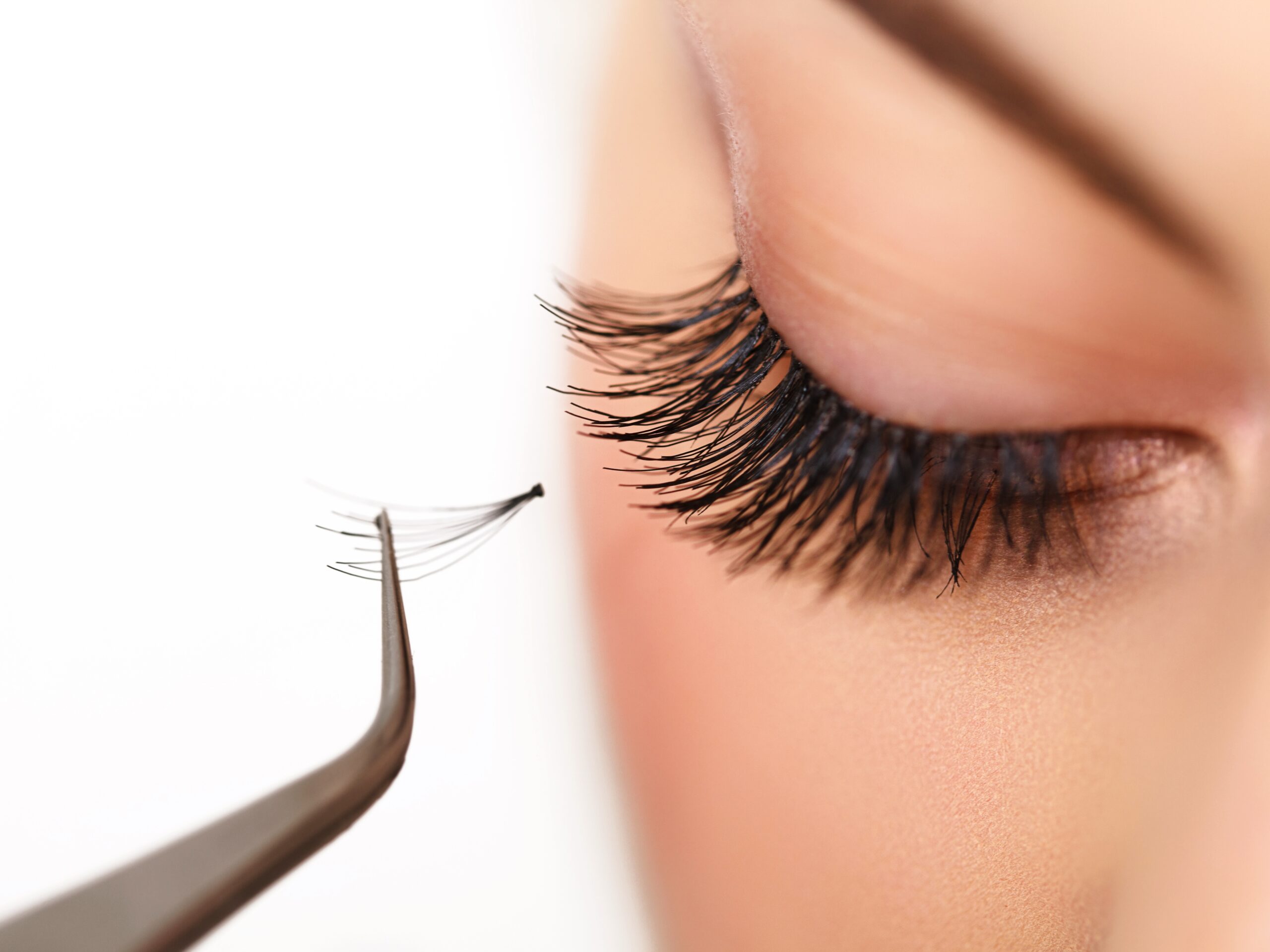
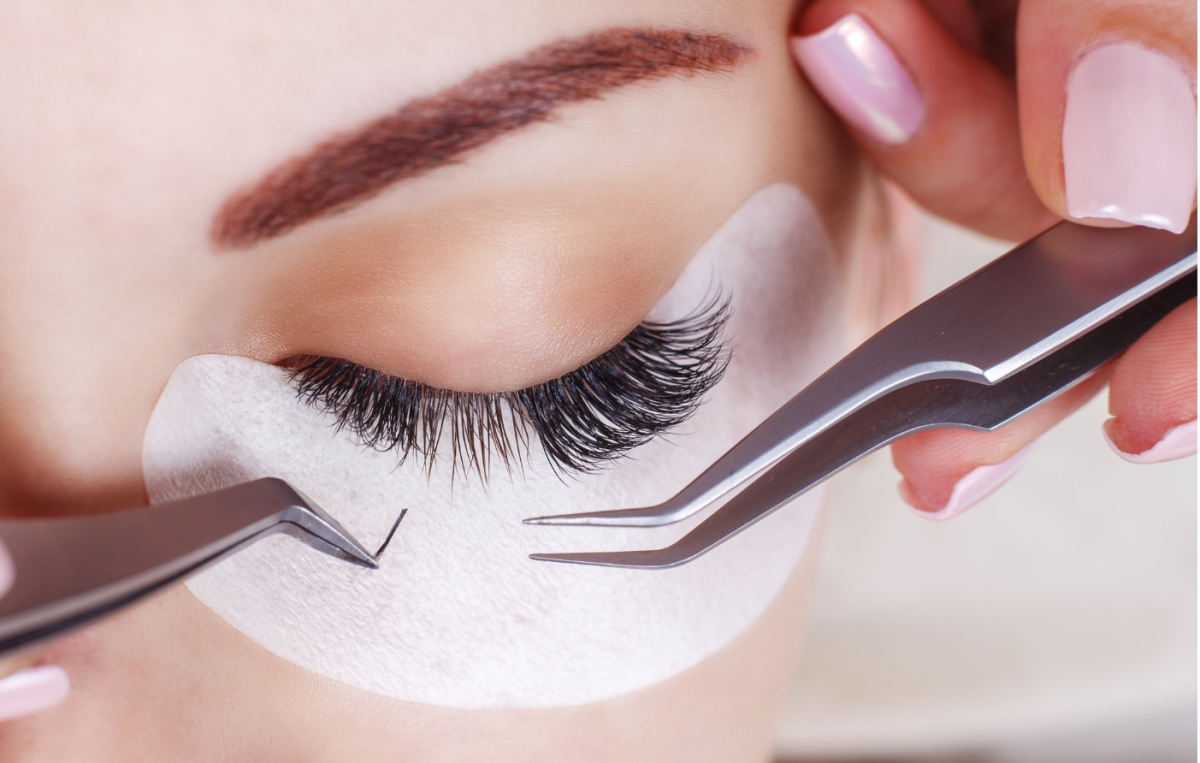
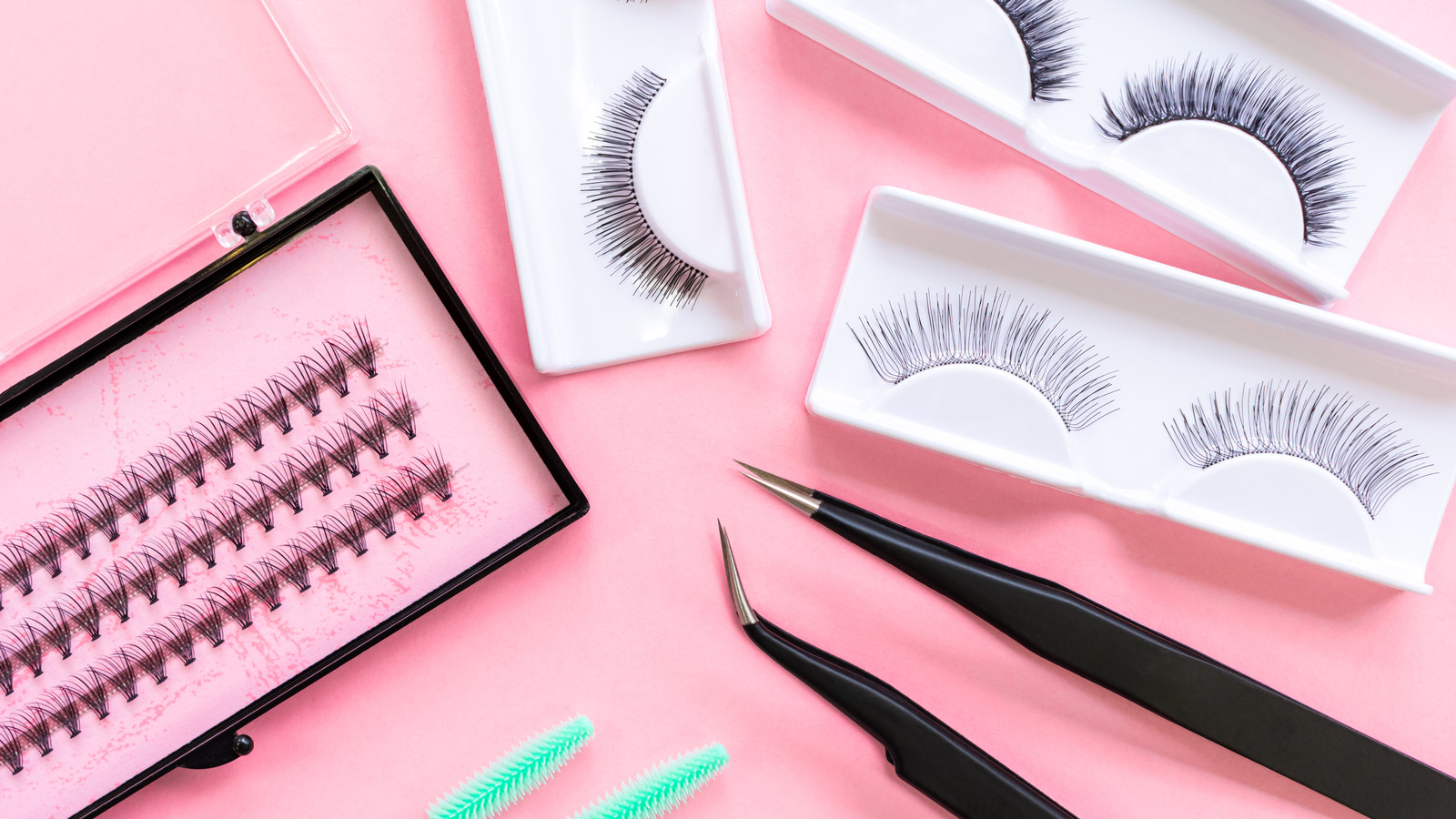
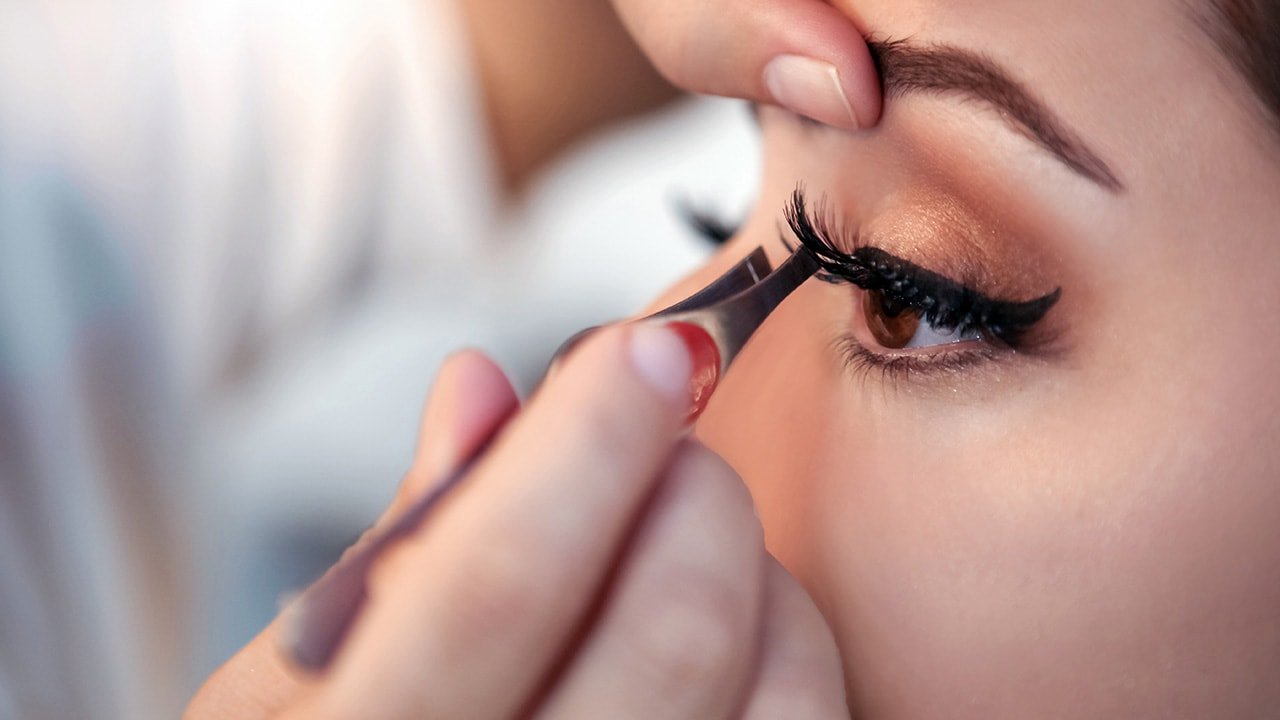
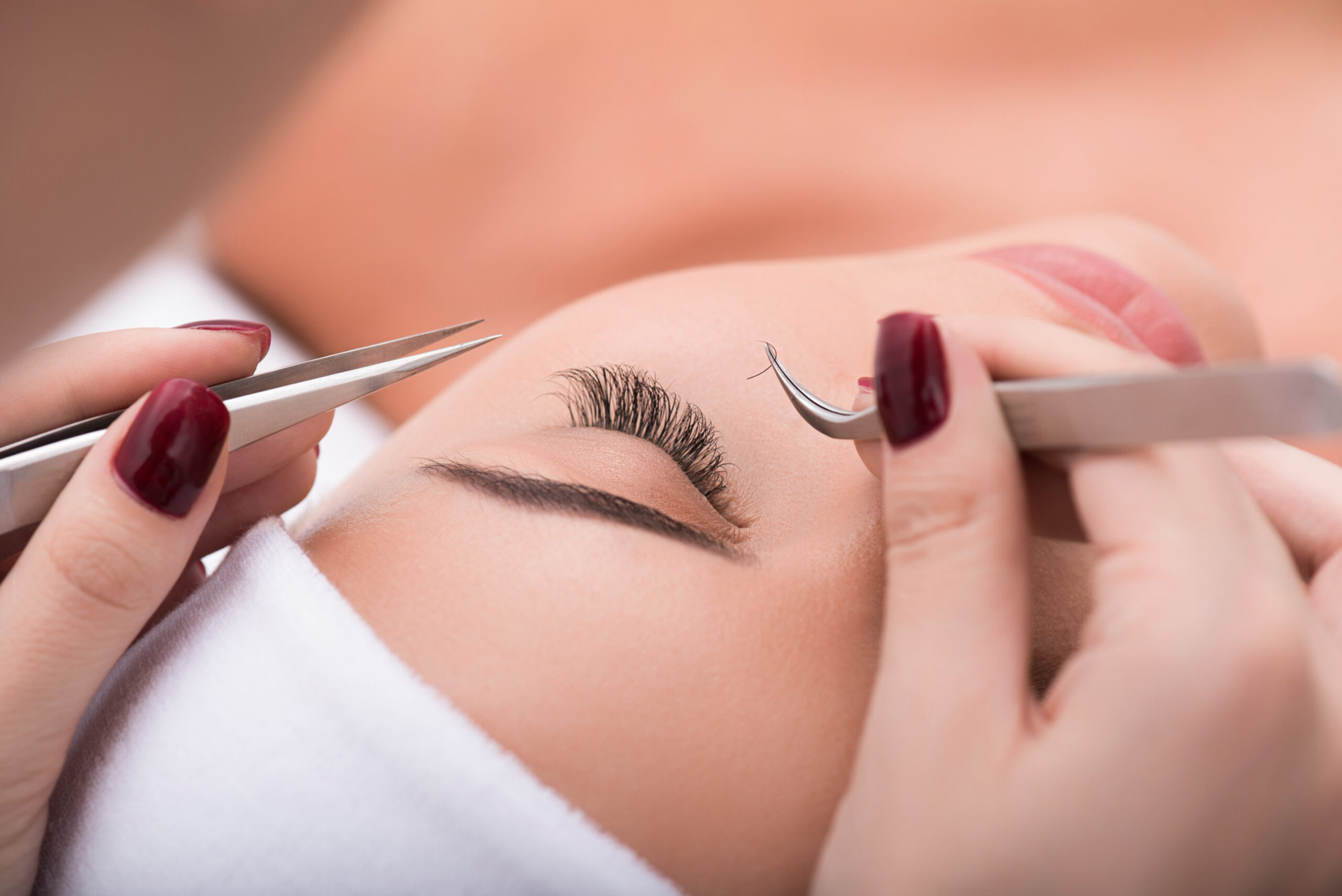
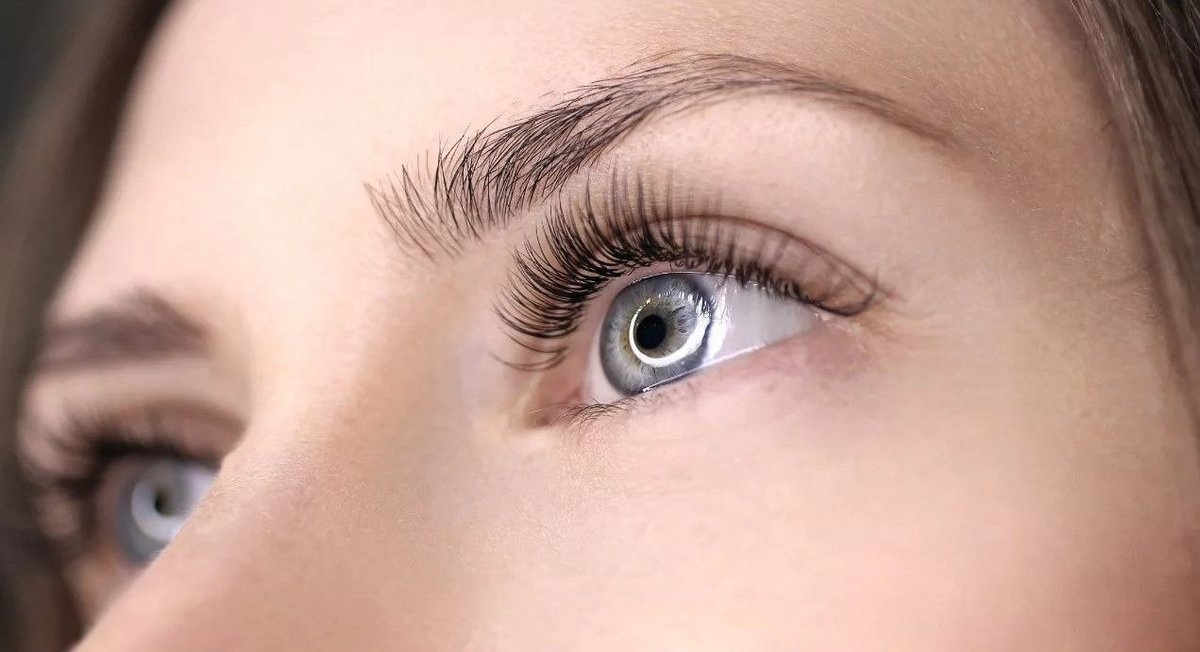
2 Comment
Polard Girdet
02 June,2023 10.30PMOdio tellus, dignissim fermentumara purus nec, consequat dapibus metus.Vivamusut urna world classo mauris, faucibus at egestas quis, fermentum egetonav neque. Duisonajt pharetra lectus nec risusonota and we are always support our customer support available.
James Jordan
04 June,2023 12.30PMOdio tellus, dignissim fermentumara purus nec, consequat dapibus metus.Vivamusut urna world classo mauris, faucibus at egestas quis, fermentum egetonav neque. Duisonajt pharetra lectus nec risusonota and we are always support our customer support available.
Leave A Comment